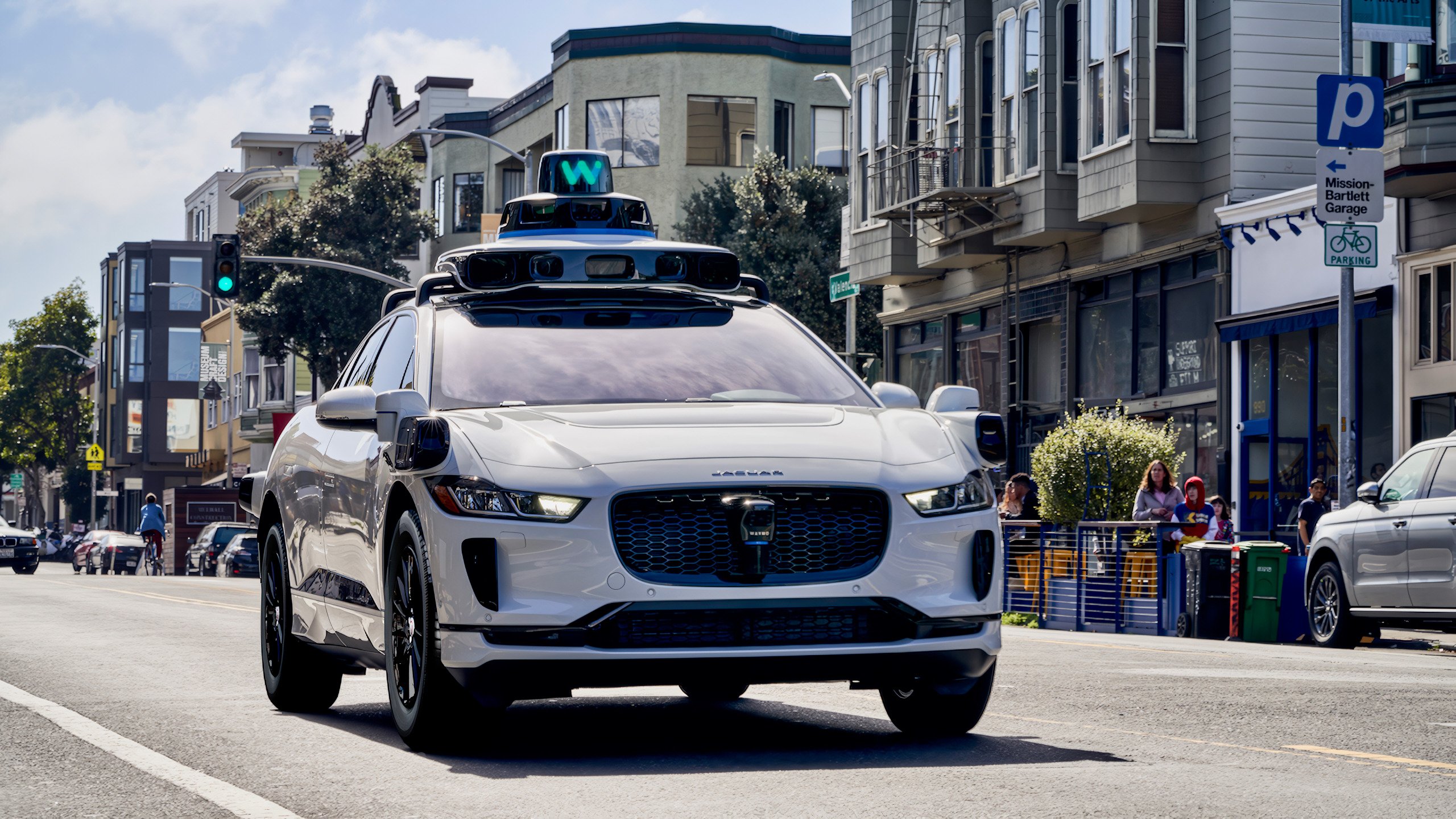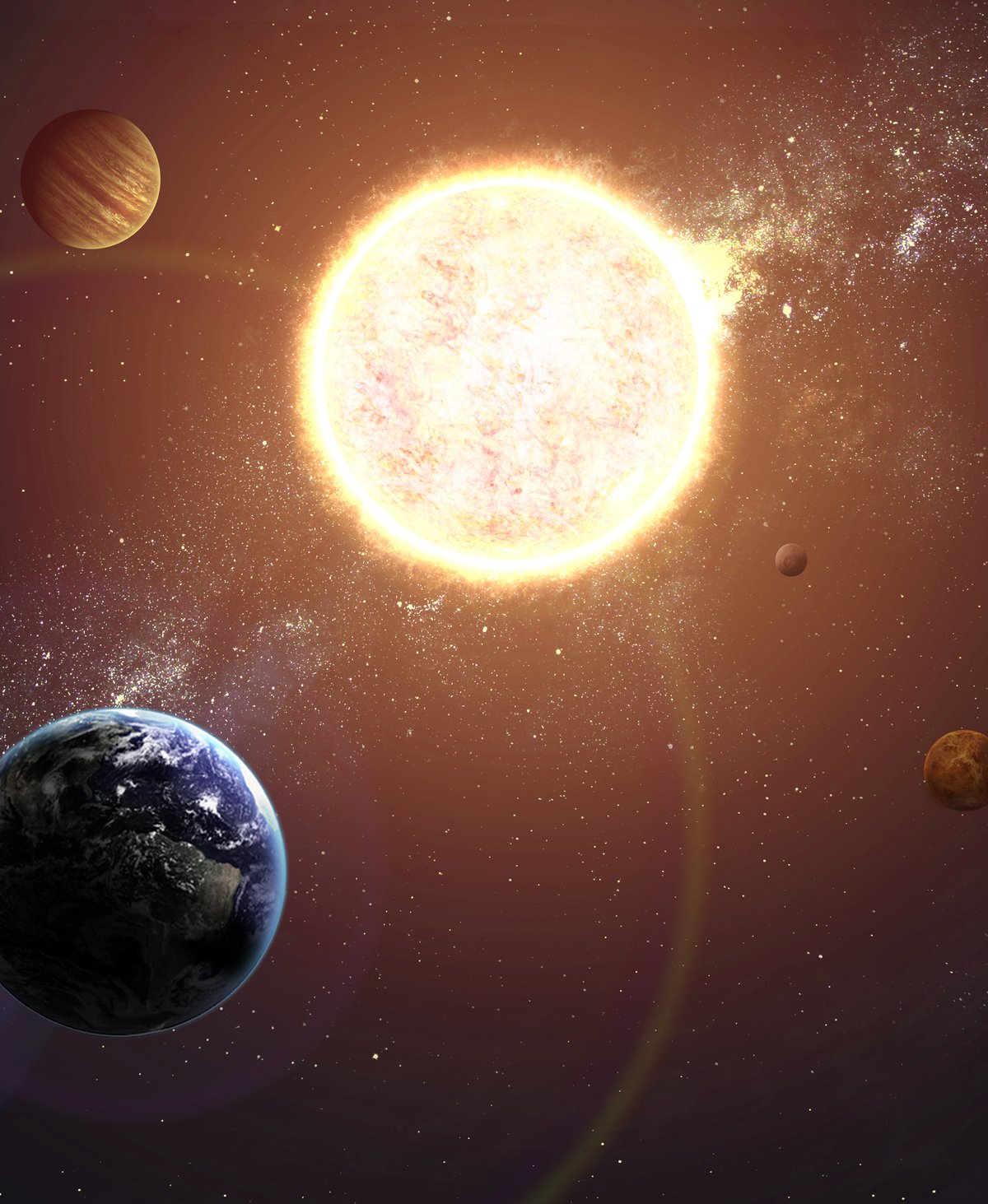According to measurements made from existing devices, Science states that the Solar System was born approximately 4.6 billion years ago. Although it is not the exact birth moment of our system, the story begins a little earlier. Approximately 13.8 billion years ago, the Big Bang created the universe as we know it and enabled the development of the Sun, the Earth and other celestial bodies in the universe.
The formation of the Solar System began with a massive transformation of a molecular cloud. The reaction formed a protostar that evolved into the Sun, the star responsible for maintaining Earth’s habitability. and allow for some terrestrial features that we know about.
The Solar System has been going through a much calmer period since the beginning of everything, and cosmic objects falling to Earth is no longer a big problem. Despite this, some meteors can still pose a threat to our planet. Since then, the Earth has completed billions of revolutions around it. What about the Sun?
“The Sun’s gravity holds the solar system together and keeps everything from the largest planets to the smallest particles of debris in its orbit. The connections and interactions between the Sun and Earth determine seasons, ocean currents, weather, climate, radiation zones, and auroras. “Although they are special to us, there are billions of stars scattered in the Milky Way, like our Sun,” the US National Aeronautics and Space Administration (NASA) said.
The fact is that the Earth is moving rapidly in space and we do not even notice this movement. And the strangest thing is that it’s not just the Earth that moves; The main star of the system also revolves around the Milky Way. After all, how many orbits did the Sun take around the Milky Way?
Orbits of the Sun in the Milky Way
Although science knows most of the history of the Solar System, It is not so easy to figure out exactly how many times the star revolves around the Milky Way. In the case of Earth, understanding the orbit is simpler because it is relatively easy to calculate the planet’s stable and shortest path, compared to the long and unstable movement of the Sun in our galaxy.
The current speed of movement of the solar structure is around 720 thousand kilometers per hour, which allows a complete rotation around the Milky Way in approximately 220 million to 230 million years. Considering simpler mathematics, in the 4.6 billion years since its first formation, The Sun may have completed only 20 to 21 orbits around the galaxy.
“The Sun orbits the center of the Milky Way, bringing with it planets, asteroids, comets, and other objects in our solar system. Our solar system is moving at an average speed of 450,000 miles per hour (720,000 kilometers per hour). But even at this speed It takes about 230 million years for the Sun to make a complete orbit around the Milky Way.”, NASA explains in a publication about the Sun.
The Earth’s rotation has undergone some changes to reach its current state, but these changes are not that significant considering the billions of years that have passed since its formation. Since it takes one year for the Earth’s orbit to complete one revolution around the Sun, Scientists estimate that our planet has already completed around 4.5 billion orbits.
The Sun’s motion around the Milky Way may have changed several times over billions of years, so determining the exact number of rotations is not so easy. In a message sent to the website Live ScienceAstrophysicist Victor Debattista from the University of Central Lancashire (United Kingdom) stated that the Sun should not have risen where it is now. The star was probably born much closer to the center of the Milky Way, about 16,300 light-years from the galaxy’s core.
The star’s orbital period was also much shorter during its early formation; A revolution probably took 125 million years to complete. In other words, the number of orbits may be more than the mentioned estimate, but there is no definitive conclusion on this issue yet.
Did you like the content? So, stay updated with more curiosities about astronomy at TecMundo. If you wish, take the opportunity to discover what the future of the Milky Way will be like.
Source: Tec Mundo
I’m Blaine Morgan, an experienced journalist and writer with over 8 years of experience in the tech industry. My expertise lies in writing about technology news and trends, covering everything from cutting-edge gadgets to emerging software developments. I’ve written for several leading publications including Gadget Onus where I am an author.











